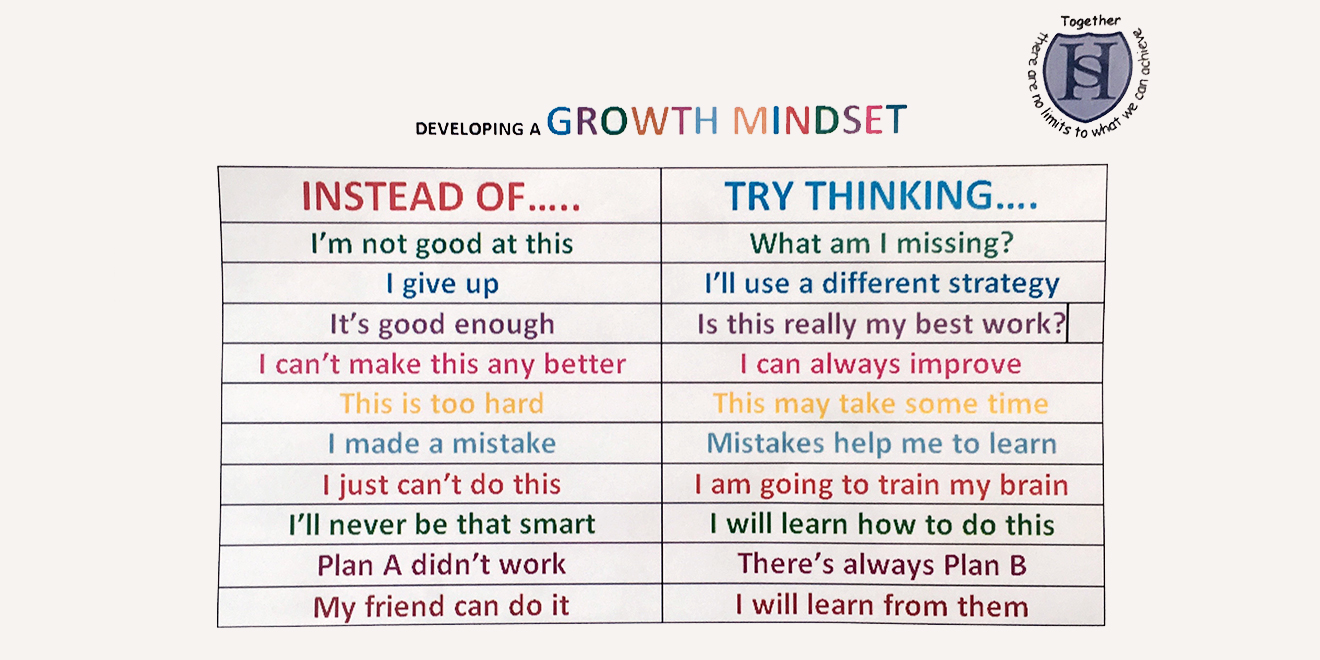Last week, I was listening to some parents who had attended curriculum night at their daughter’s school. Then that Friday night I spoke to a group of teachers in Wisconsin and was listening to their thoughts on the open house that they had just held. While both of these conversations were playing in my brain I came across the above handout that was given to children in 2nd grade.
My first thought was, what an amazing thing to give a bunch of 6 and 7 year olds. My second thought was, what an amazing thing to waste on a bunch of kids. After all, when was the last time they’ve been asked to “revisit” a lesson plan or progression after two or three weeks of horrible practices?
And so, I am sharing it with you. I feel like this is as good a guideline for any creative coach as any second grade handout or anything else I have written or spoken about.
Instead of It’s good enough, try thinking, Is this really my best work?
We’ve all heard the clichés about good enough not being enough. But really, what does that mean when it comes down to actually doing the work? It feels very vague. But by internalizing this notion and making it relevant in a personal way, it will be easier to know if you’re there yet with the work.
We’re all our own worst critics, and that can be hard at times. But just by being honest with yourself and not stopping until you are completely satisfied with your work, you will inevitably make the work better and your work life more fulfilling. What makes me CRAZY is when coaches try to just be “good” instead of GREAT. If you shoot for GREAT and miss- you will atlas be Good. If you shoot for GOOD and miss- where does that leave you?
Instead of saying, I can’t make this any better, try thinking, I can always improve.
Somewhat related to the previous thought, this mindset is really helpful when it comes to feedback. Ours is an industry well fed by feedback. When a judge evaluates an athletes routine – that is feedback. It’s a job requirement that you understand and can gracefully deal with the fact that your work is going to be evaluated and changed.
Instead of immediately fighting it and picking up inquiry forms and telling everyone that “it’s not fair!” , pause and think for a minute, “Maybe they’re right, where are the holes I didn’t see?” It’s turning a setback into a springboard.
Instead of saying, I made a mistake, try thinking, Mistakes help me learn.
Creative gyms should be safe zones for scary ideas. Mistakes will happen. The key is to learn from them, and also learn not to be afraid of them. This is a good reminder to never let a spectacular failure go to waste.
Instead of Plan A didn’t work, try thinking, There’s always Plan B.
The best coaches I know don’t get overly-attached to one idea because they know they’ll have more. This is a business where things change very fast. It’s always hard when it happens. But with ideas, as with goldfish, the best way to get over it when one dies, is to go get another one.
All the thoughts on the second grade chart are great and all are very relevant to a creative department. The main themes uniting them are perspective and framing.
Coaching and Teaching can be a frustrating at times. Keeping these guidelines in mind will help those creative coaches turn frustrating moments into growth opportunities. By putting this growth mindset to use, not only will the whole gym’s work get better, there will be less crying in your car on the way home
Inspiration: Why This Second Grade Handout Should Be Your New Creative Manifesto – Adweek





